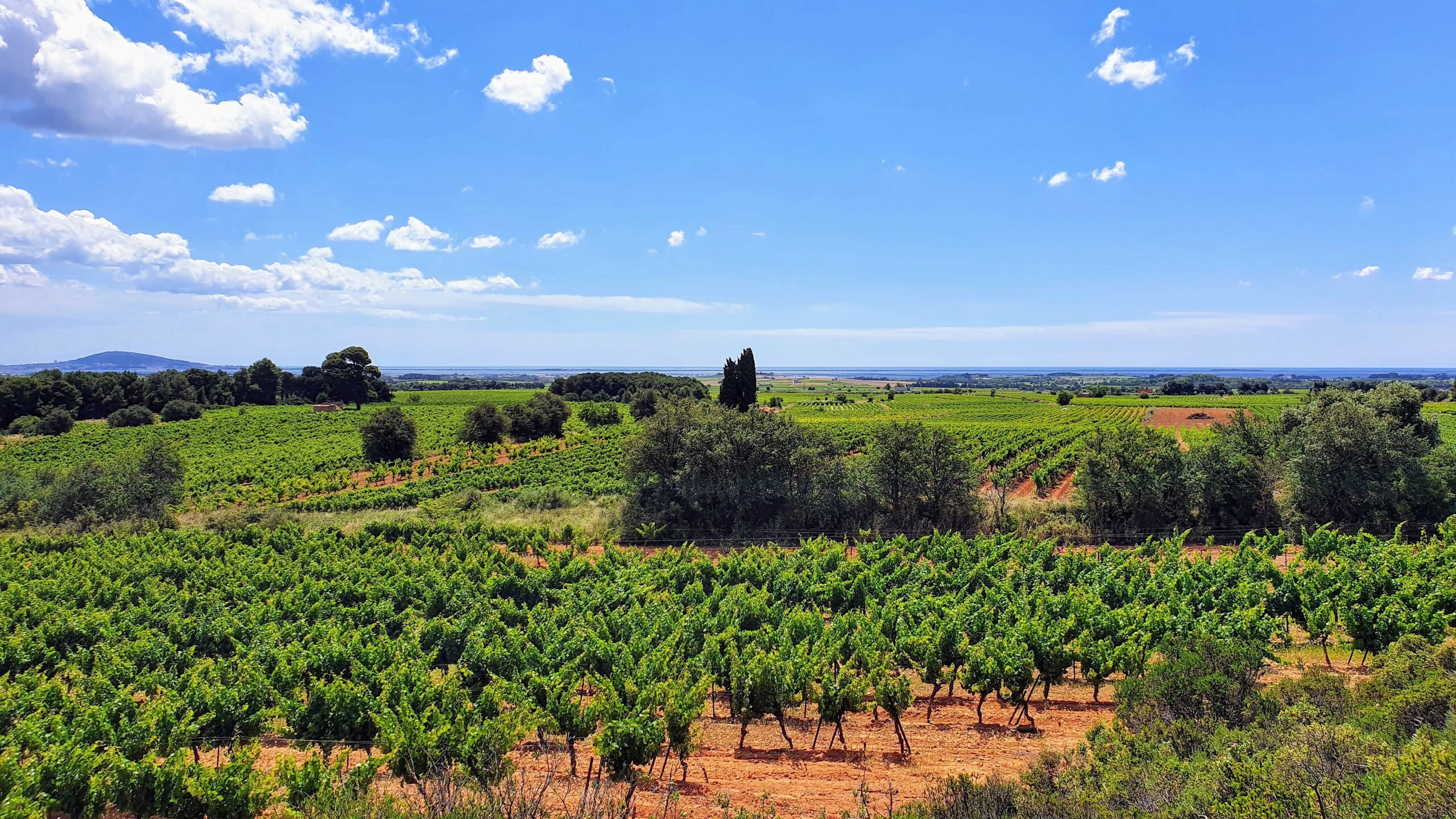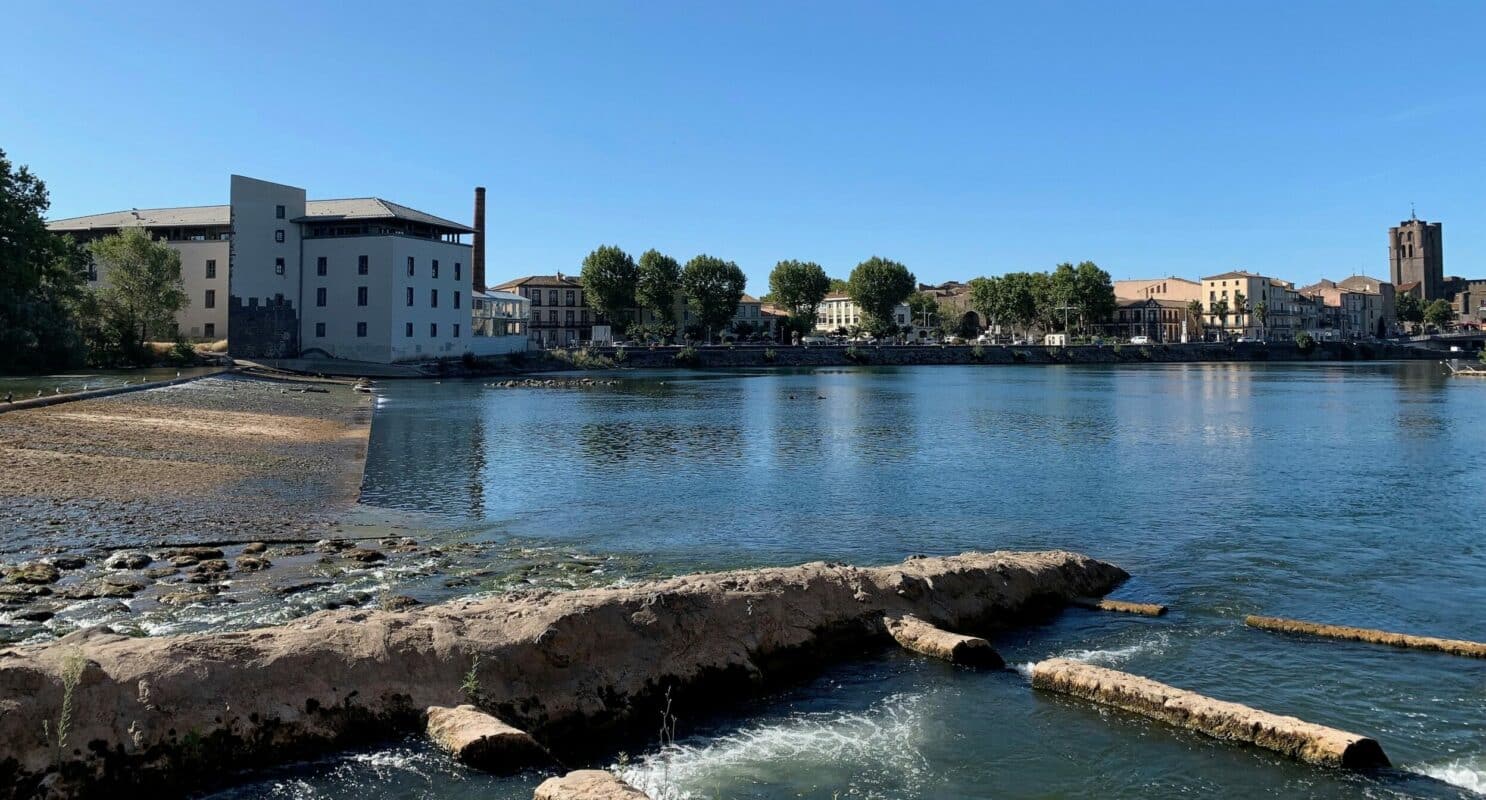An exploration of the Agde-Pézenas region is all about discovering a collection of ‘Grands Sites Occitanie / Sud de France’ places.
This prestigious label has been awarded to the south of the department of Hérault and has made the area renowned for its remarkable natural, architectural and cultural heritage.
This area has so much to offer, it is where the river Hérault meets the Canal du Midi, and is lined with the beaches of the Mediterranean to the south and vineyards and garrigue to the north.
Agde
This ancient Greek trading post was founded more than 26 centuries ago and prospered over the years thanks to maritime trade.
Agde was built using volcanic stone from Mont Saint Loup and was initially named ‘Agathé Tyché’ (the good fortune) by the Greeks, and then the ‘Perle Noire’ (black pearl) of the Mediterranean by Marco Polo. You’ll find these archaeological ruins at the Musée de l’Ephèbe in Cap d’Agde.
In the historic town centre of Agde, it only takes a few minutes of strolling around the authentic little streets, along the banks of the river Hérault or up on the city walls, to appreciate the peaceful atmosphere and the sheer wealth and diversity of historic monuments, all made from basalt. The most beautiful of these monuments is Saint-Etienne Cathedral. This basalt fortress is impressive with its black colour, its castle battlements and machicolations, and it also has a 35-metre-high keep/bell tower! Not-to-be-missed…
A closer look at
The Mont Saint Loup
Climb to the top of the Mont Saint Loup which stands overlooking the town. This is the last part of the chain of Auvergne volcanoes, and from the top, you’ll have an exceptional view across the Mediterranean coastline and the Thau Lagoon.
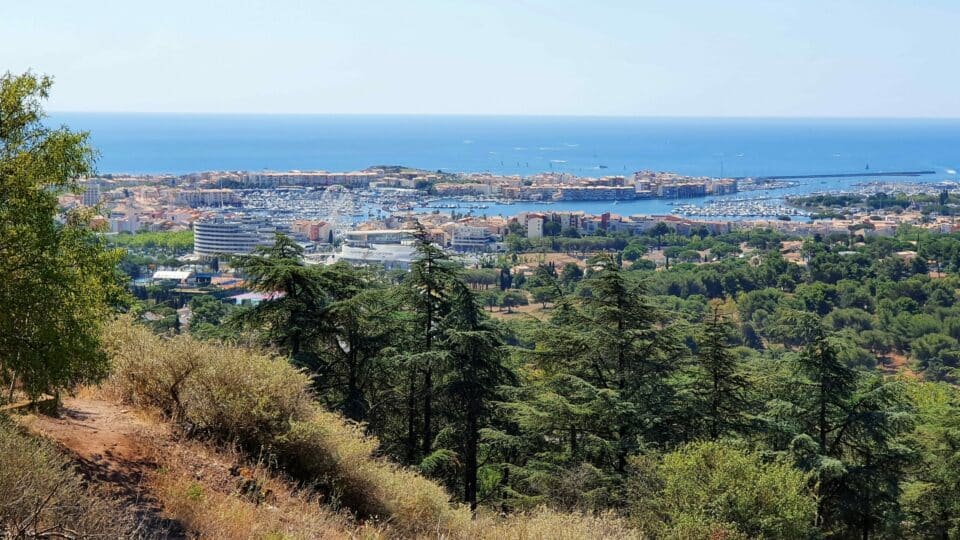
Pézenas
Pézenas is an ancient medieval fair town and former capital of the Estates of Languedoc. From this fascinating past, the town has inherited an exceptional architectural heritage.
The remarkably well-preserved historic town centre still boasts the lavish upper-class homes from the late 16th century and the 17th and 18th century private manor houses. It will feel like time has stood still as you explore the inner courtyards and wander around the cobbled streets with your professional tour guide.
In the lively streets of the town centre, there are countless craftspeople and creators who open the doors to their traditional little shops all year round. Venture inside their workshops to see their creations and discover their expert know-how: cabinet-maker, cutlery maker, artistic weaver, metalworker, enameller, marble worker, creator of jewellery, etc.
It was of course in Pézenas that Jean-Baptiste Poquelin became “Molière“, under the protection of the Prince of Conti. He came to stay in Pézenas on several occasions with his theatre company, ‘L’Illustre Théâtre’.
Retrace Molière’s footsteps, from Gély’s barbershop stall in the main town square to the Bât d’Argent inn. And don’t forget to visit the Musée Vulliod Saint-Germain where you can see Molière’s armchair!
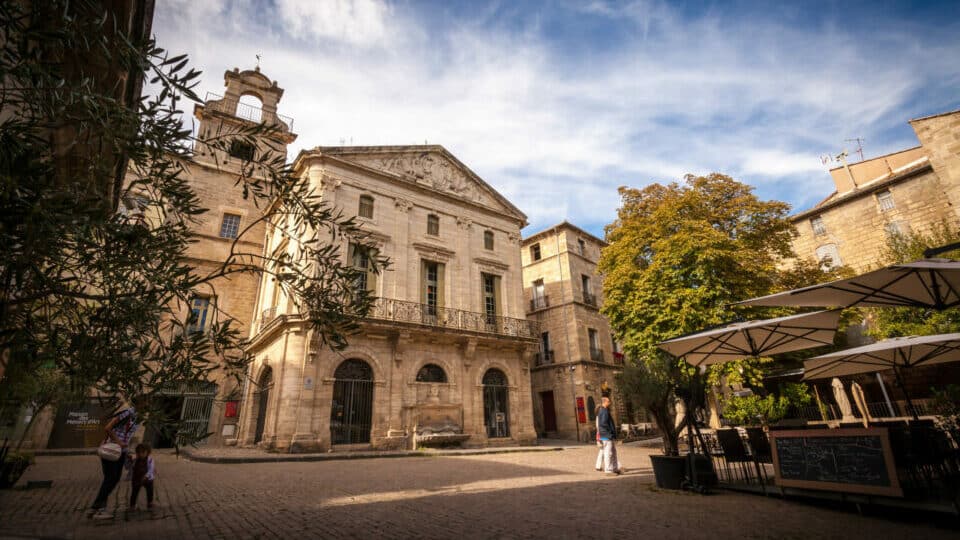
The Canal du Midi
The Canal du Midi was built in the 17th century upon orders from Louis XIV. Its purpose was to allow boats to sail from the Mediterranean Sea to the Atlantic Ocean, and it can be found between Toulouse and Sète.
The Canal du Midi is a magnificent construction that has been recognised as a World Heritage site by UNESCO, and it covers more than 25 km through this destination.
It is well worth a visit, either by boat, on foot or by bike. With the round lock, the ‘ouvrages du Libron’ (works of Libron), the Canalet and the crossing over the Hérault, the Canal du Midi is one of the area’s most interesting and diverse constructions.
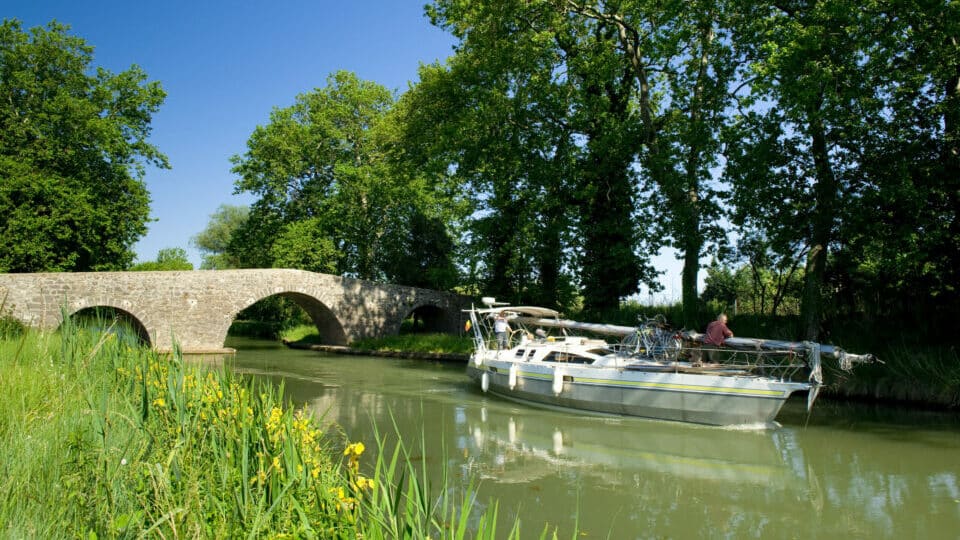
The heritage of the vines
Inland, there are vineyards as far as the eye can see. This activity played a major role in the architecture and traditions here: 17th-century winegrowing estates, ‘Pinardier’ châteaus, cooperative wine cellars from the 1920s to the 1940s and winegrowing faubourgs organised around the characteristic winegrowers’ homes.
No less than 98 winegrowing estates and cooperative cellars are open to the public, offering tastings and a range of activities on the theme of wine, so come and treat yourselves!
